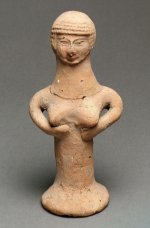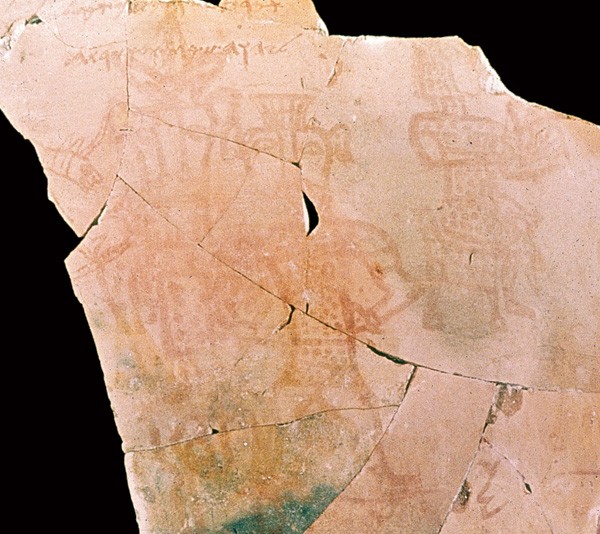- Joined
- Apr 29, 2012
- Messages
- 18,463
- Reaction score
- 9,030
- Location
- On an island. Not that one!
- Gender
- Undisclosed
- Political Leaning
- Socialist
For the past 'few' years, those who believe in the One True God have said that He is the only deity, and that all of those others who were worshipped for centuries were just figments of the imaginations of ignorant humans.
Those weird people who dig holes in the ground in attempts to learn a little something about our ancestors have found multiple artifacts that mention "YHWH and his Asherah".
So -- when did the Judaeans and Israelites stop worshipping the divine couple? It is postulated that as more than 50% and perhaps as much as 90% of the people in the Late Bronze/Early Iron Ages were illiterate, the verses we can read today were only known by those literate elites. Hundreds of small ceramic figurines (as shown here) have been found in rural areas throughout the areas that were ancient Israel and Judaea. Why did the elites decide to promote the concept of monotheism? Was it a matter of establishing masculine supremacy?

Those weird people who dig holes in the ground in attempts to learn a little something about our ancestors have found multiple artifacts that mention "YHWH and his Asherah".
So -- when did the Judaeans and Israelites stop worshipping the divine couple? It is postulated that as more than 50% and perhaps as much as 90% of the people in the Late Bronze/Early Iron Ages were illiterate, the verses we can read today were only known by those literate elites. Hundreds of small ceramic figurines (as shown here) have been found in rural areas throughout the areas that were ancient Israel and Judaea. Why did the elites decide to promote the concept of monotheism? Was it a matter of establishing masculine supremacy?




